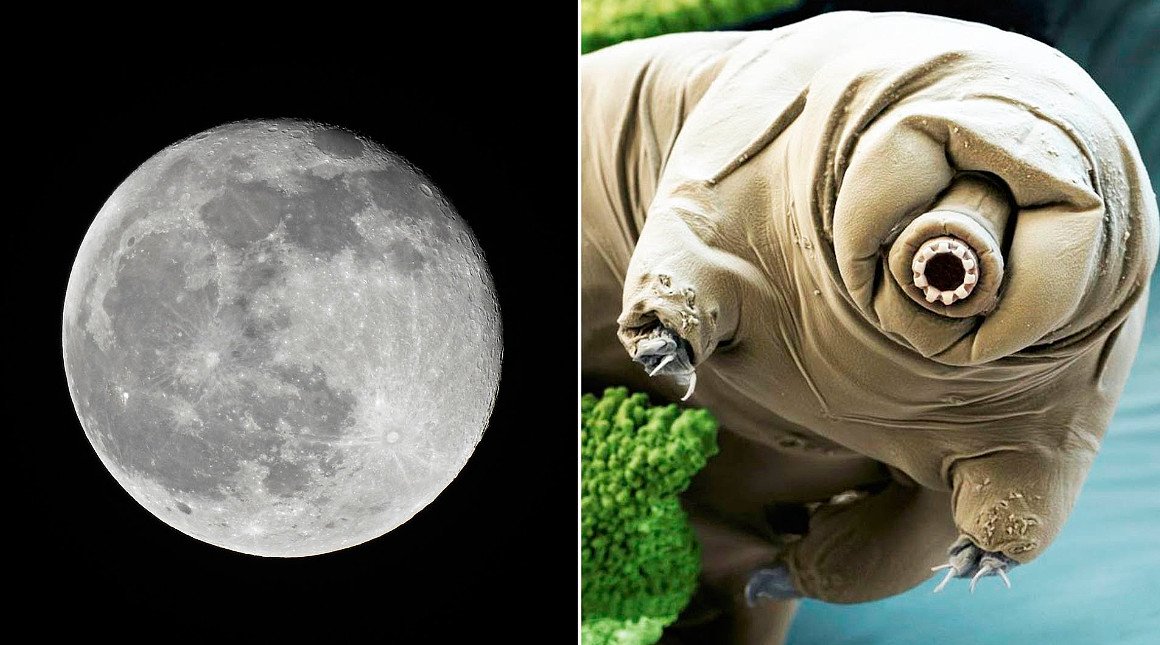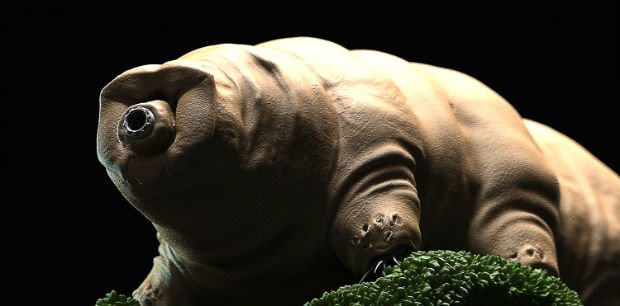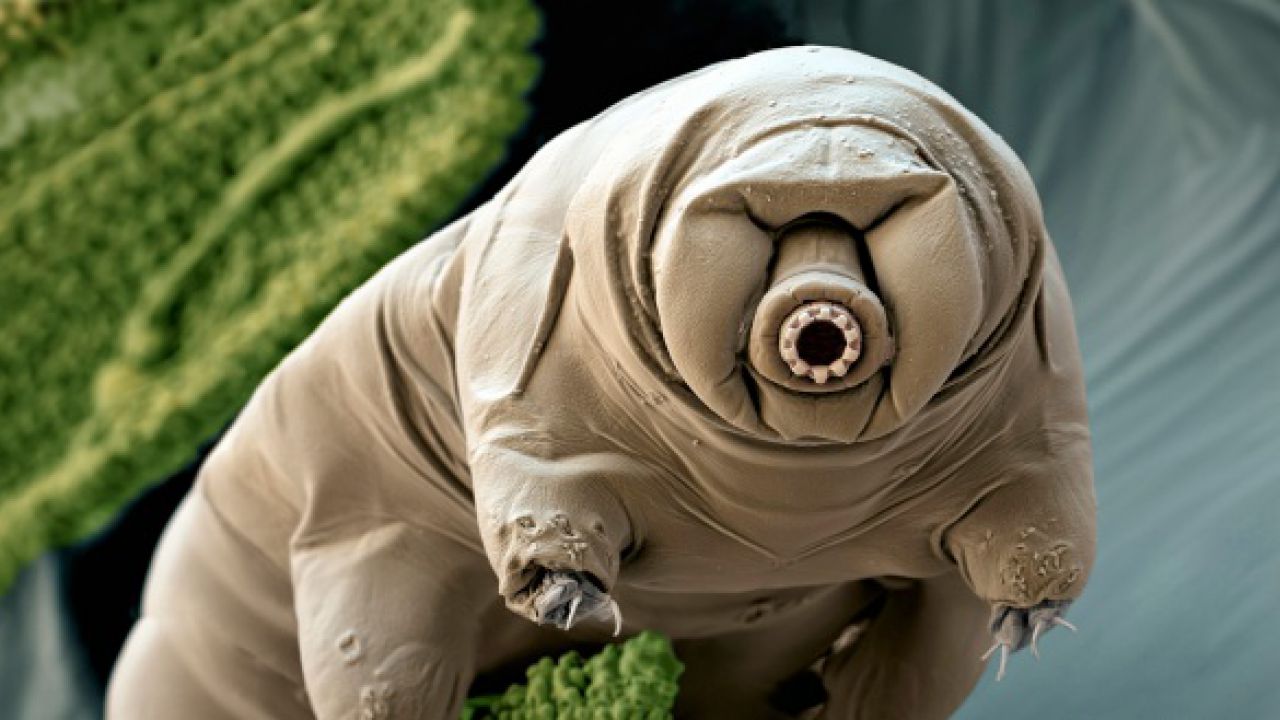Thousands of tardigrades crashed on the Moon last April. The microscopic invertebrates, almost immortal, were on board of the israeli probe Beresheet of the SpaceIL.
The probe Beresheet and its almost perfect trip on the Moon
The travel of the probe Beresheet were going perfectly but at the moment of the moon landing something went wrong and the probe, with all its content, finished to crash on the ground of our satellite.
The last 11st of April the probe crashed on the Moon. Beresheet contained the first lunar library, an archive as big as a cd which contains 30 million of pages of informations about the humanity. It is the project of the Arch Mission Foundation, an organization that has the purpose to create some space archives about the humanity, so to leave them for posterity.

The foundation starts to speak about its own space library in the 2018, with the first flight of the Falcon Heavy of SpaceX, the most powerful rocket of humanity at the moment. Right in that occasion it given to the dark of the space its first archive, by putting it inside the Tesla that Elon Musk launched in the space.
Together with the archive on the probe there were even samples of human DNA, a copy of Wikipedia and one of the Bibble, drawings of childrens and the israeli flag.
By the way about the other part of the probe’s cargo, which are the tardigrades, we knew something only later and many prompty wondered if there is the risk of contamination.
Who are the tardigrades
The tardigrades, even called “water bears”, are really small invertebrates, just half millimeter long, which become famous for their incredible ability to adapt themselves and to survive to the most extreme conditions.
In the last years the scientists started to better know this microscopic specie, by studying it and by testing their strength.
The tardigrades survived to temperatures between the -200° to the +150°, to really high or really low pressures, higher than the ones of the bottom of the ocean. They survive without oxygen and water. Some of them “came back to life” after more than a decade of dehydration. They resist to the UV-A and the UV-B rays and to radiation levels hundreds times higher than the ones that will kill a human being.

The tardigrades are without any doubt the most strong life form that we know and their purpose on board of the Beresheet was, right, the one to find out if they were able to survive on the Moon.
Anyway this isn’t the first time that the tardigrades are exposed to the vacuum of the space. In the 2007 a small group of those animals were brought on the ISS and exposed outside it, at the mercy of the solar radiations and the space’s vacuum. Once came back on the Earth it’s been found out that, incredibly, many of them survived. The tardigrades became so the first known living beings to have survived to the space.
Did the probe and the tardigrades survive to the impact?
From the moment that the new about the presence of the tardigrades on the israeli probe was spreaded many started to ask if they might be survived and, even, if their presence on the moon surface can contaminate it.
The space agency let us know that the tardigrades were stuck inside a layer of synthetic resin. Inside it, together with the small invertebrates, there were samples of blood and hair, to have a backup even of the human DNA.
The dehydrated tardigrades, furthermore, were inside a tape, the same one used to pack the moon archive.
The Arch Mission Foundation since the beginning wanted to know if its own cargo survived. The probe LRO of the NASA passed right on top of the impact place, by sending back to Earth some pictures, from which, by the way, we are able to see only the hole made by the impact. We aren’t able to distinguish pieces of the probe or what happened to the cargo.
Anyway it’s assumed that the tape and the resin were able to keep the whole cargo intact.
The future of the moon tardigrades and the contamination
If the tardigrades survived what is, so, their destiny? It’s assumed that they can survive even on the lunar ground, right like it’s been observed in the most extreme conditions on the Earth. They go on a kind of lethargy, by reducing to the minimum their functions, by expelling the water by arriving almost to the total dehydration. In this way they can survive for decades. Once the conditions come back favourable the tardigrades “come back to life”.
The risk that the tardigrades will go to conquer the moon is anyway to exclude. In those situations they aren’t able to move and to reproduce. To know if they survived they are already thinking to go, during one of the next missions, on the place of the impact.
The position of the foundation cannot be one of the best at the moment, because it’s legally forbidden to go around the space to contaminate other planetary bodies. By the way the Moon is not one of those planetary bodies, because it’s considered under risk and, however, it was already contaminated in the past. On the lunar ground, infact, there are still the faeces’ bags left there by the Apollo 11.
If it was, instead, for example, Mars the situation should be different.
This post is also available in:

